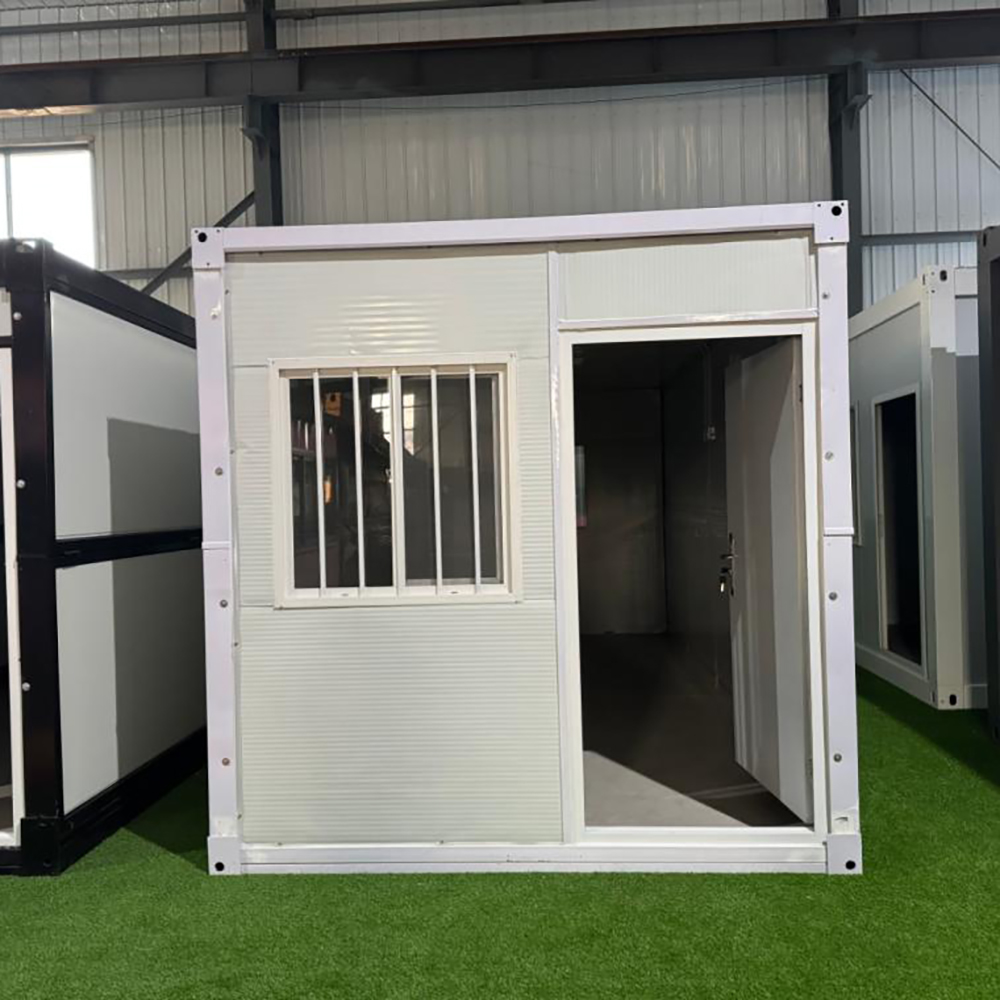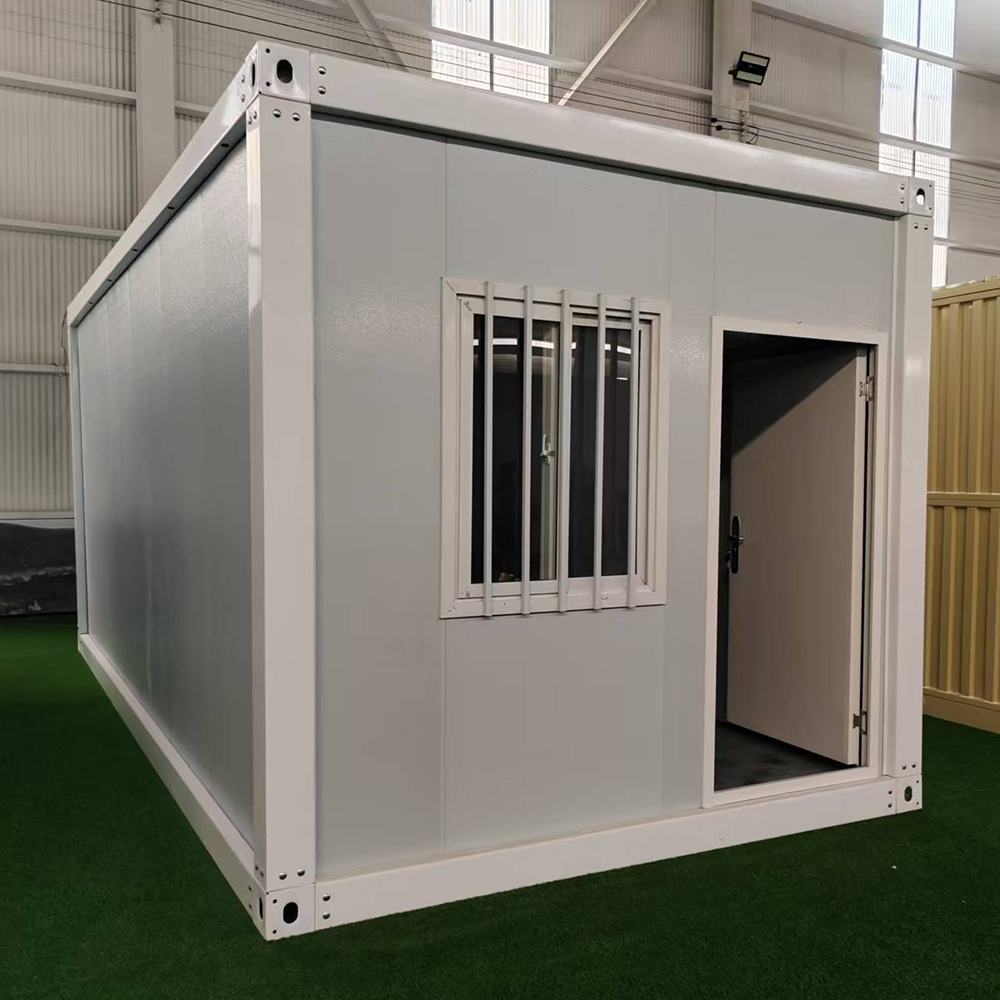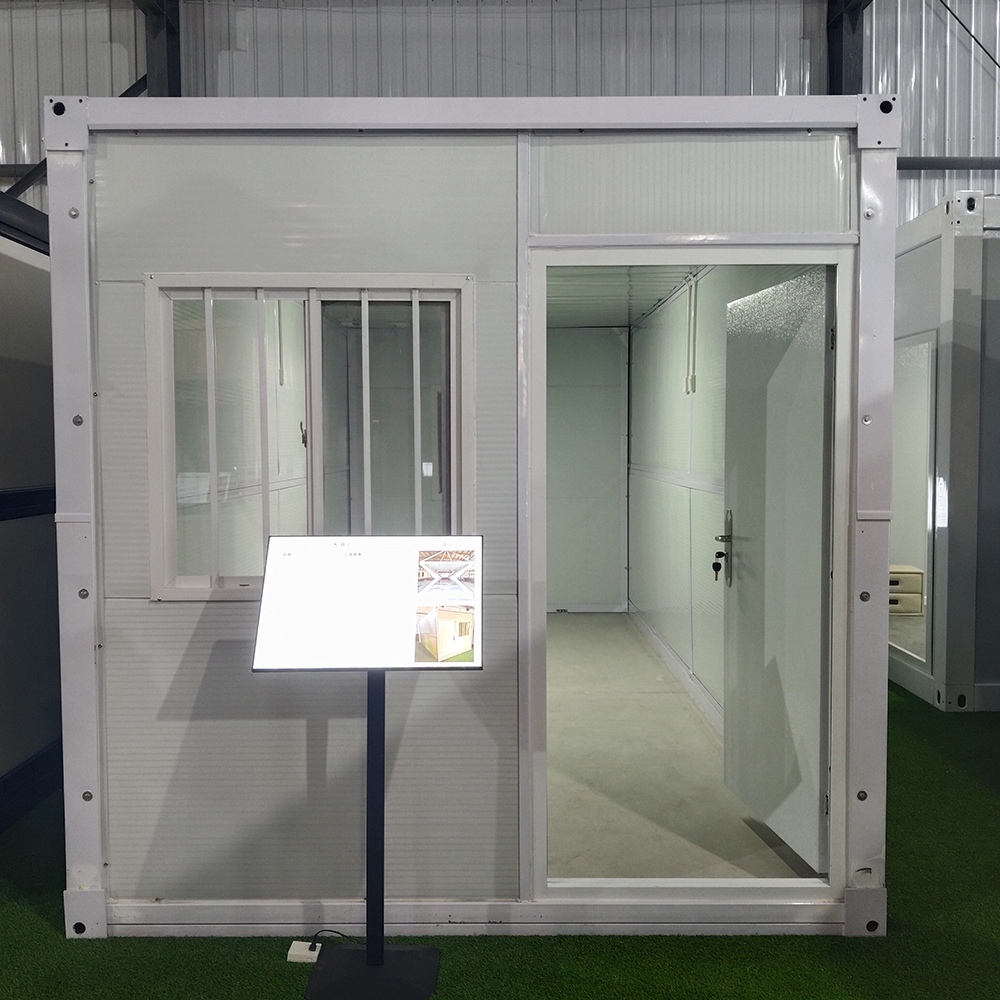-
E-mail
sales@jujiuhouse.com -
Telephone
+86-17854044442
- English
- Chinese
- French
- German
- Portuguese
- Spanish
- Russian
- Japanese
- Korean
- Arabic
- Irish
- Greek
- Turkish
- Italian
- Danish
- Romanian
- Indonesian
- Czech
- Afrikaans
- Swedish
- Polish
- Basque
- Catalan
- Esperanto
- Hindi
- Lao
- Albanian
- Amharic
- Armenian
- Azerbaijani
- Belarusian
- Bengali
- Bosnian
- Bulgarian
- Cebuano
- Corsican
- Croatian
- Dutch
- Estonian
- Filipino
- Finnish
- Frisian
- Galician
- Georgian
- Gujarati
- Haitian
- Hausa
- Hawaiian
- Hebrew
- Hmong
- Hungarian
- Icelandic
- Igbo
- Javanese
- Kannada
- Kazakh
- Khmer
- Kurdish
- Kyrgyz
- Latin
- Latvian
- Lithuanian
- Luxembou..
- Macedonian
- Malagasy
- Malay
- Malayalam
- Maltese
- Maori
- Marathi
- Mongolian
- Burmese
- Nepali
- Norwegian
- Pashto
- Persian
- Punjabi
- Serbian
- Sesotho
- Sinhala
- Slovak
- Slovenian
- Somali
- Samoan
- Scots Gaelic
- Shona
- Sindhi
- Sundanese
- Swahili
- Tajik
- Tamil
- Telugu
- Thai
- Ukrainian
- Urdu
- Uzbek
- Vietnamese
- Welsh
- Xhosa
- Yiddish
- Yoruba
- Zulu
- Kinyarwanda
- Tatar
- Oriya
- Turkmen
- Uyghur

How is the expanding container house innovating eco-living?
2025-09-12
In the realm of sustainable architecture, the expanding container house is often overshadowed by misconceptions. People think it’s merely about stacking boxes, but there’s much more depth to this trend, especially when we factor in its role in eco-living. Imagine transforming shipping containers into livable, expandable spaces—that’s the real game-changer here. Let’s dive into some personal insights from working alongside companies like SHANDONG JUJIU INTEGRATED HOUSING CO, LTD, and explore how they’ve tackled both opportunities and challenges in this evolving niche.

Efficiency in Design and Construction
From a design perspective, the allure of an expanding container house is in its adaptability. I’ve seen how manufacturers like Shandong Jujiu craft these units to scale effortlessly—think of a compact module that can double its capacity. This flexibility in space configuration is essential, especially in urban areas where space is a premium. Their approach to scalability often surprises even seasoned architects.
The efficiency doesn’t stop at design. During a production visit with Jujiu, it became clear how streamlined their processes are. They’ve optimized the construction timeline significantly, reducing it by almost 50% compared to traditional methods. This is a significant boon for environmentally conscious consumers seeking quick deployment without compromising on quality.
But not every attempt is successful. I recall an integration misstep where a rapidly expanding section didn’t align perfectly—a reminder that innovation comes with its challenges. Yet, it’s these challenges that refine processes and products, leading to even better solutions in subsequent iterations.
Sustainability at Core
What truly sets an expanding container house apart is its sustainable nature. Reusing shipping containers might sound trivial, but the carbon footprint reduction is substantial. A report from a project I tracked with Jujiu highlighted a 30% emission reduction compared to standard construction.
Moreover, their practice of incorporating solar panels and green roofs not only enhances eco-friendliness but also offers energy efficiency that can be game-changing for homeowners. One particular installation in a coastal area demonstrated a 60% reduction in energy costs—a real-world testament to the potential savings.
However, sustainability isn’t just about energy. Choices in materials matter. Jujiu’s consistent investment in eco-friendly insulation and recycled steel is an indicator of their commitment. These choices are pivotal in maintaining a lower environmental impact throughout the house’s lifecycle.
Customization and Comfort
People often question if comfort is compromised when space is optimized. Not really, and that’s where expert design steps in. With a company like Jujiu, you see custom interiors that rival traditional homes, with sleek finishes and smart layouts that maximize every square inch.
I’ve seen firsthand how personal touches in design can elevate a space. One homeowner partnered with Jujiu to integrate sliding panels that doubled as art displays—pure genius for a small space.
Customization extends to the exterior too. Options to incorporate local aesthetics through materials or colors allow these homes to blend harmoniously with their surroundings, providing a tailored feel rather than a one-size-fits-all look.

Challenges in Implementation
Despite the benefits, promoting eco-living through container houses isn’t without its hurdles. Regulatory challenges often surface, especially concerning zoning laws. I remember a case where a project stalled for months because local codes didn’t recognize the innovation in such housing solutions.
There’s also a perception problem. Many still view these homes as temporary solutions rather than permanent residences, which can affect market reception. It’s a continuous education process, showing potential buyers the durability and benefits of container living.
And while shipping logistics are simplified due to international standards, they aren’t free from issues. One project faced nearly a month’s delay due to custom hold-ups—an often overlooked challenge in the global supply chain.
The Future of Eco-Living
As we look ahead, the potential for expanding container houses in eco-living is vast. Companies like Shandong Jujiu are exploring new technologies like smart home integrations, which could further enhance living spaces, making them not just sustainable, but also intelligent.
The sector is ripe for innovation. Collaborations across industries—real estate, tech, materials science—could propel this concept forward, enhancing not only the homes themselves but also our broader communities and the environment.
Ultimately, the expanding container house represents more than just a trend. It signifies a shift in thinking, a reflection of a growing commitment to a more sustainable, adaptable, and personalized way of living. That’s where the true innovation in eco-living lies.










